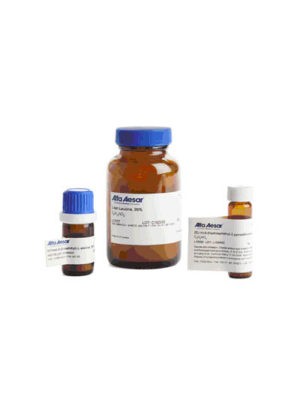Sugars & Polysaccharides

Sugars & Polysaccharides
Sugars or saccharides are carbohydrates, the most abundant bio-molecule on the planet. Carbohydrates such as monosaccharides, disaccharides or oligosaccharides are composed of carbon, hydrogen and oxygen. Simple sugars are called monosaccharides which include glucose or dextrose, fructose and galactose. Sugar is a major component in our diet which is a disaccharide, isomer of lactose and maltose. Longer chains of sugars are called oligosaccharides. Examples of polysaccharides are starch and cellulose, which differ only in configuration at the anomeric carbon. They are responsible for very important biological roles. In the cell wall of plants and bacteria, insoluble sugars also function as a structural material, and in the connective tissue and cell coats of animals. Sugar polymers serve to lubricate skeletal joints. Sugars can be attached to proteins (in glycoproteins) and lipids (in glycolipids) and these glycosylated compounds serve as antigenic sites, provide signals that determine the cellular localization of proteins and function as signals that allow cells to recognize each other and adhere in the formation of tissues and organs.


